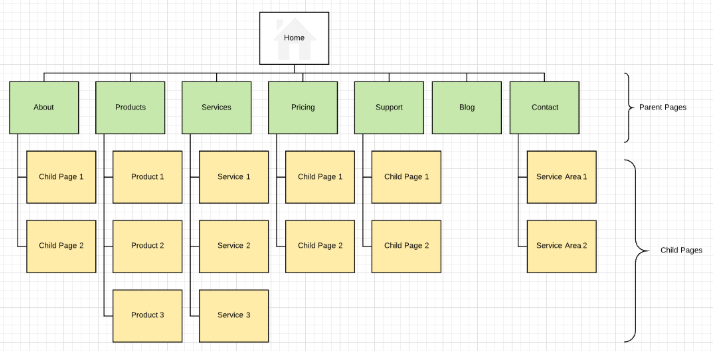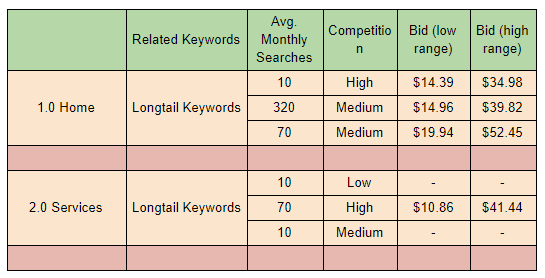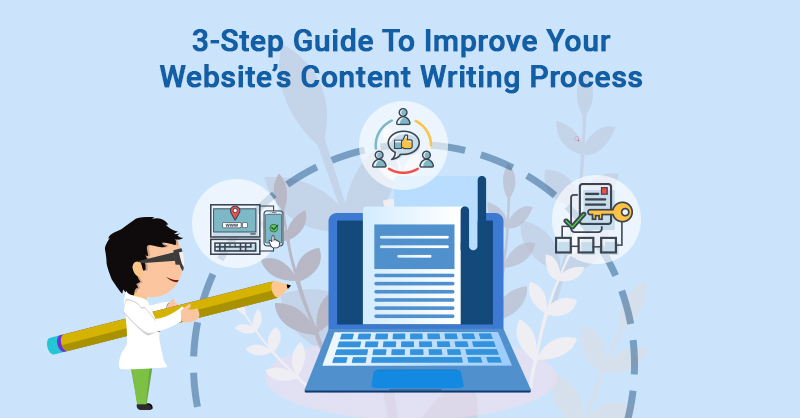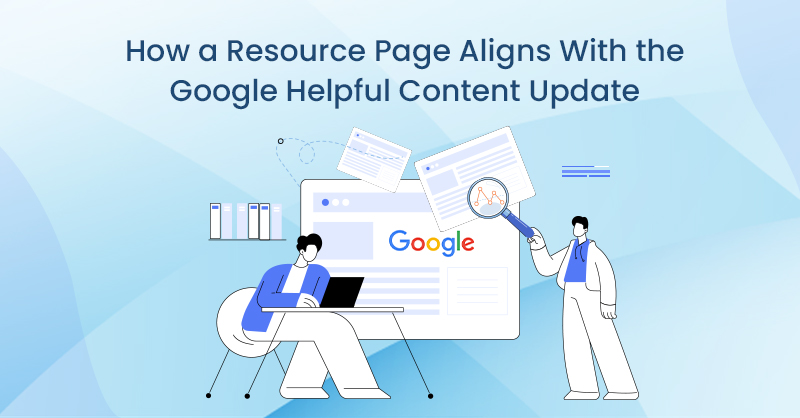When it comes to creating content for a website, it's often the case that less is better. This can contradict the notion that content can only provide SEO value if pages consist of 800 to 1,000 words.
Writers often face the following dilemma - how do you strike a balance between creating content tailored to your readers and creating content optimized for SEO?
Step 1: Create a User-Friendly Sitemap
Before you start typing away, you must begin by looking at the bigger picture. Does your website’s page layout support the flow of content? Is your website potentially missing any pages your readers might find valuable?
Creating quality content that is difficult to find can be counterintuitive. A good sitemap is built with user-experience and content breakdown in mind. Likewise, having a poor sitemap can result in content gaps on a website.
In most cases, following sitemap best practices will help ensure you have the groundwork needed to create competitive website content. A good sitemap can easily tell users the following:
- Everything there is to know about your company
- The products and/or services you offer
- Your pricing options, if you choose to present them
- Any supplementary/support information about your business
- How to get in touch with you
As seen below, a sitemap consists of a homepage, parent pages, and child pages. Parent pages will change depending on your industry; however, the general layout should always be the same.

As you begin planning your content, you may notice that you have ideas that don’t necessarily belong on a child page, if this is the case, you may want to consider adding a new parent page dedicated to what you’re trying to present to your readers.
Step 2: Do Your Keyword Research
Once you have a sitemap you’re happy with; it’s time to do some research. Following step 1, we’ll be creating a keyword mapping document based on your sitemap. If you’re looking to create content for a handful of pages and not an entire website, then you can map those pages individually.
Start by picking the keyword research tool of your choice. You’ll be using this tool to pick out 3-4 keywords associated with each of your child and parent pages. These keywords will be used to create the framework for your pages in step 3. Here are a few things to note when creating a keyword mapping document:
- Miscellaneous pages do not require keyword mapping
- Aim for long-tail keywords with purchase intent
- Find a balance between competitiveness, average monthly searches, and average bid cost
See below for an example of a keyword mapping template:

To learn more about keyword mapping best practices, check out our comprehensive guide on Keyword Mapping.
Step 3: Plan Your Page’s Content
This step can easily be skipped; however, it’s highly recommended that you plan ahead. Creating a framework for your content can help find the right balance between writing for your readers and writing optimized content for SEO. Before you begin writing your web page(s), consider the following questions: who is your target audience? What is the purpose of this page? What questions do you need to answer for your audience?
Your framework should consist of the following:
The page’s main heading (H1)
The H1 tag should be related to the page itself. The keyword with the most relevance and volume should be used to create this H1 and subsequent paragraph. Your page’s H1 is what will draw in most of your readers. Make sure you keep them in mind!
Two or three subheadings (H2s)
H2s are the perfect opportunity to answer any questions your readers may have. It can be very easy to lose interest in fluff content, and readers have gotten into the habit of skimming content to avoid irrelevant content.
Finish with a Call-to-Action
At the end of your page, you’ll need to include a call-to-action. Your goal is to convert the reader into a new customer, and this will be the last push you make!
Final Thoughts
Assuming you’ve followed the three steps above, you should now have everything you need to write great content for your website.
Each of your pages should have a framework breakdown; all that’s left to do is to refer to your keyword mapping document and make sure your 3-4 long-tail keywords are organically added to each page.
Thank you for reading! Do you have your own content creation processes? If, so please share your thoughts in the comment section below.






